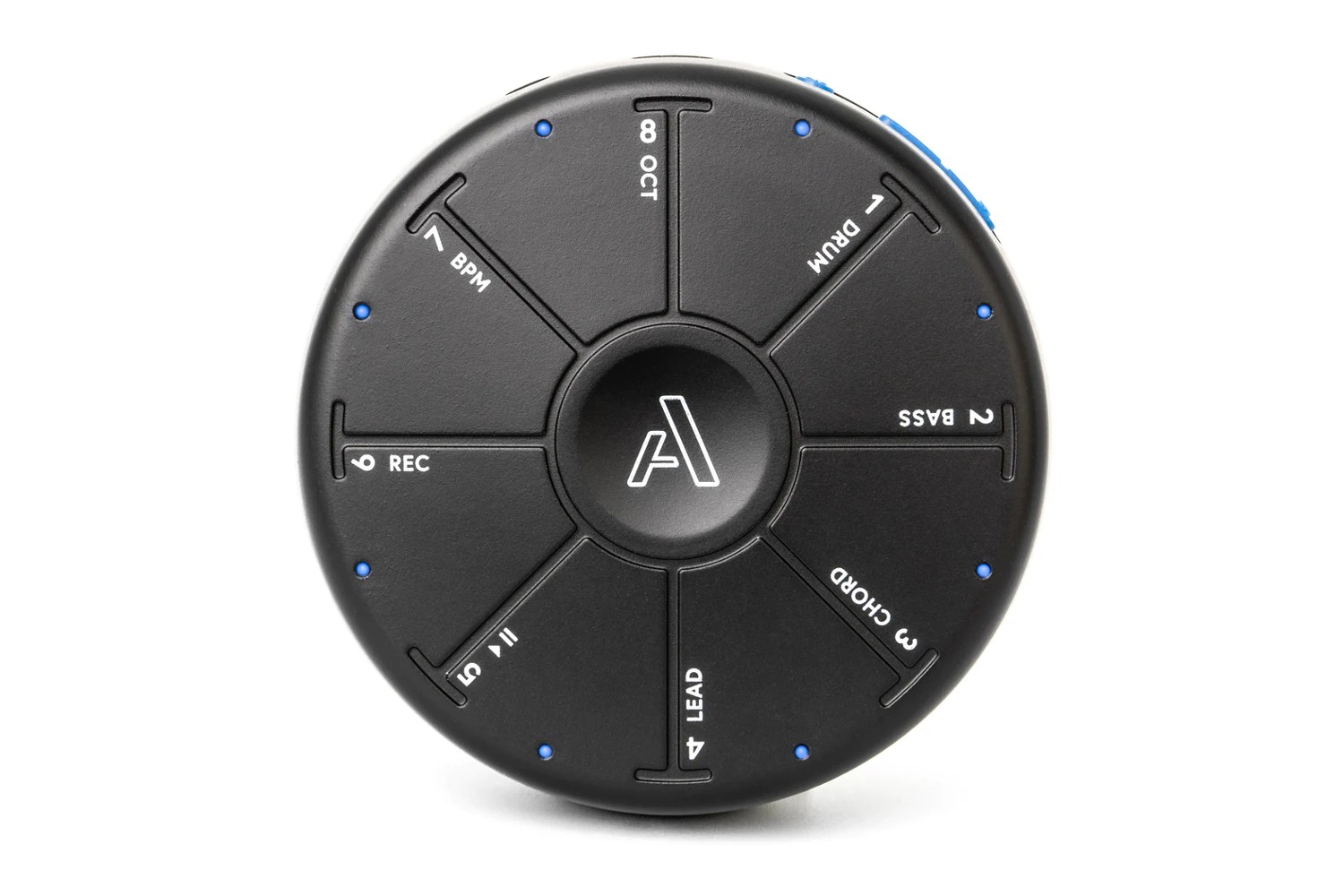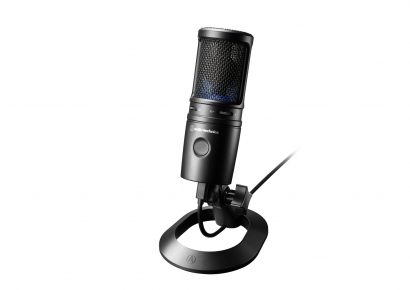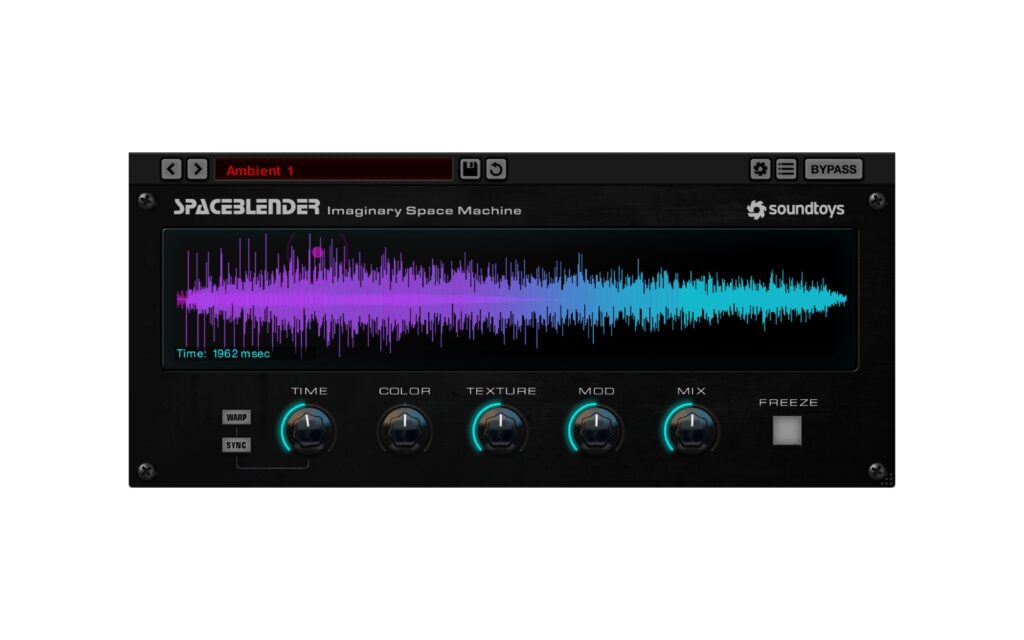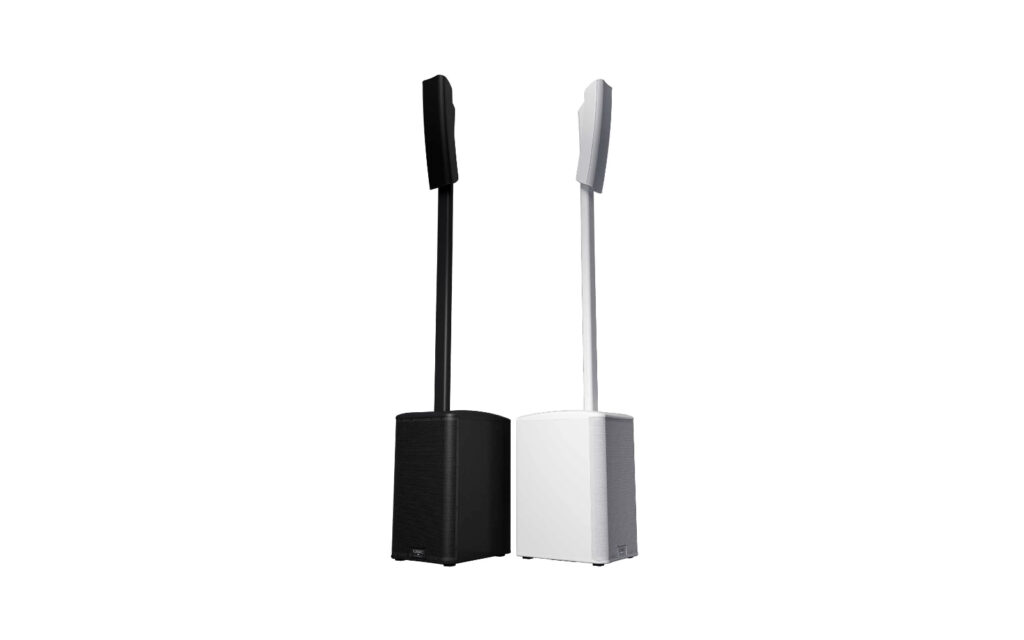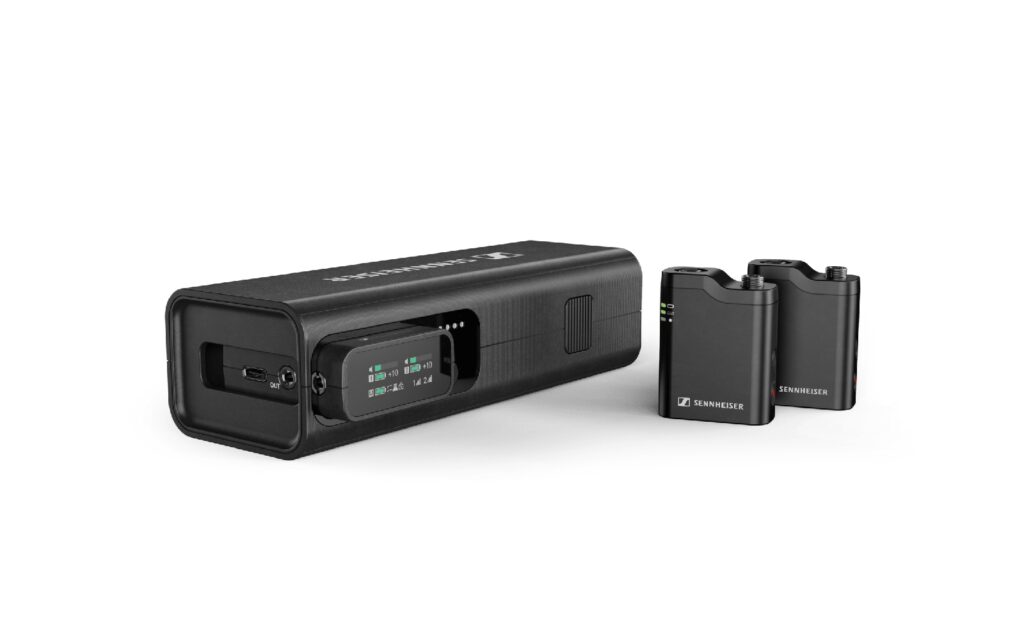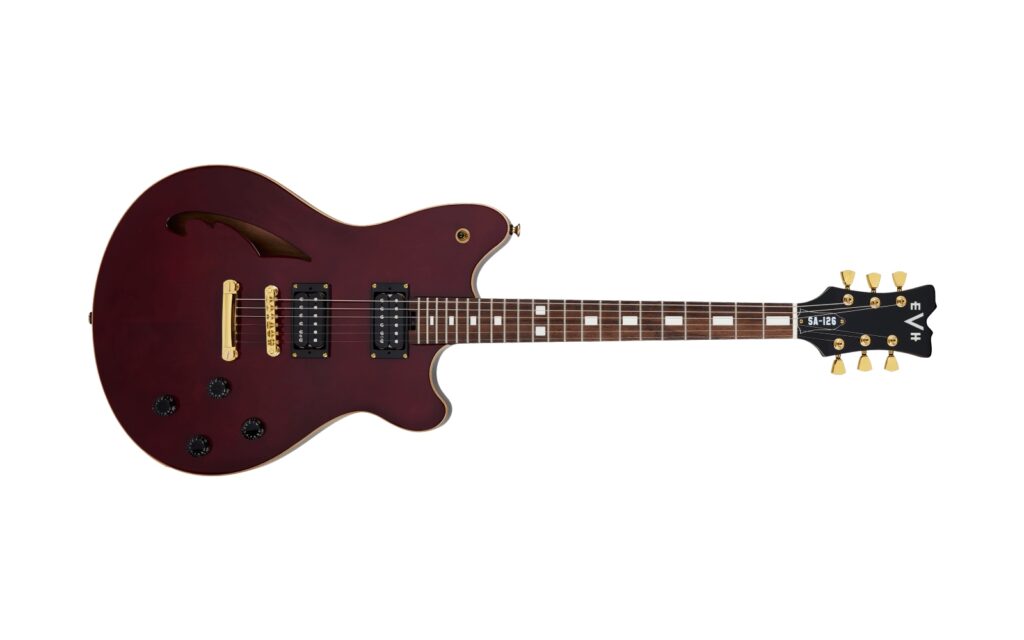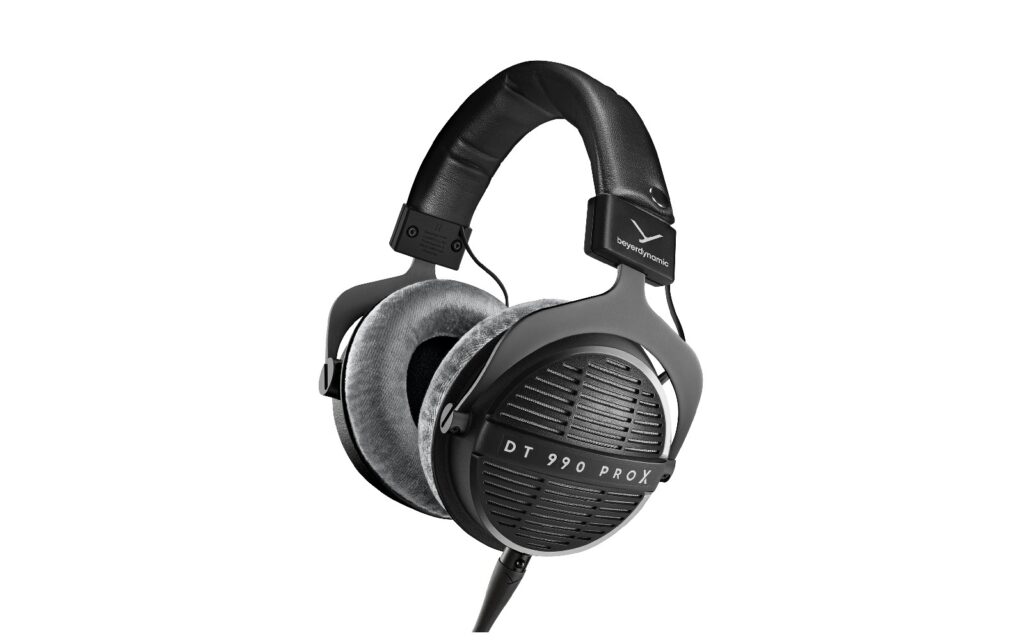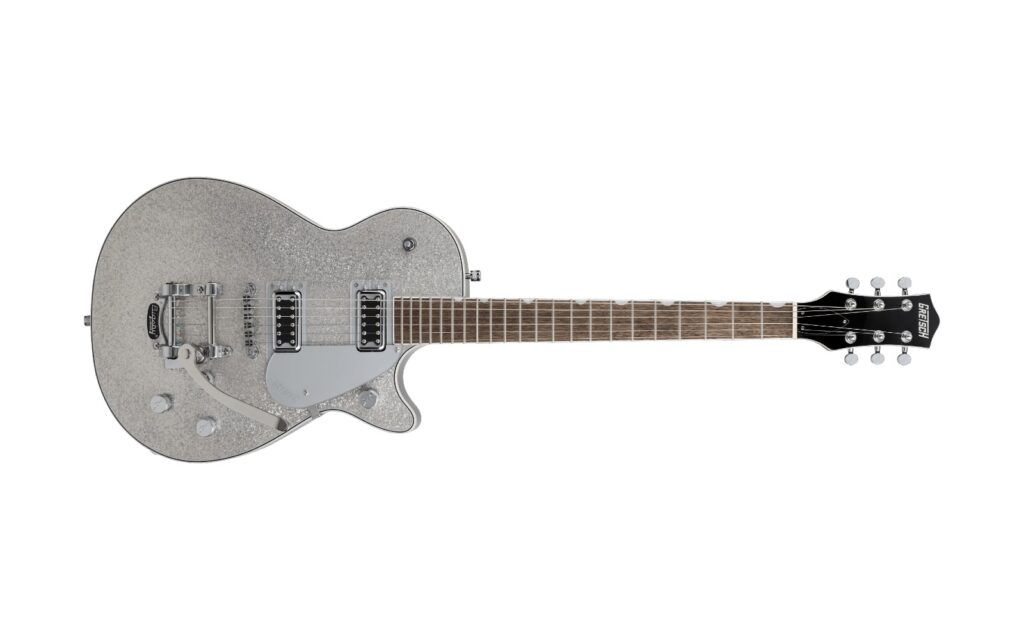Koala Audio | RRP: $269
Some instruments are made with serious intentions for serious musicians, and some are made purely for fun. The Orba 2 from Artiphon is a fun little jamming and creative tool for musicians and non-musicians alike looking to unwind and create music. At its core, the Orba 2 is a synthesiser and sampler, with recording, looping, quantisation, and built-in scales, allowing players to quickly sketch ideas and play around with its features.
While the Orba 2 is primarily aimed at a more casual market, with people looking for a quick and easy tool to make music in a more relaxed manner, the features of the Orba 2 lend itself to potentially finding a place in a studio.
Read more gear reviews here.
The Orba 2 is about the size of a small portable speaker, adorned with nine touch-sensitive pads to play back sounds and to control the unit. The Orba is made up of four layers, with that being drums, bass, chords, and leads. These sounds can be sequenced and looped for up to 128 bars or around five minutes of recording, up significantly from the eight bars of its predecessor. From the face plate, you can also change the octave, record, and playback loops, as well as setting the BPM.
The way the Orba 2 helps the user quickly create sounds is very efficient and leaves little room for error. The eight pads allow for playing of each individual sound, where each pad is assigned to a note in a scale, which can be user-defined. This means no matter which note is played, it will always be in key, allowing you to quickly make melodies and chord progressions. This can then be recorded in the looper, which can be overdubbed to build the song gradually. The Orba 2 introduces quantisation to the looper, eliminating issues that may arise for inexperienced players or those who haven’t yet developed strong timing or dexterity. All this accumulates to an incredibly efficient and streamlined method of producing music. The immediacy lends itself to being a very satisfying instrument. Right out of the box, even before reading the manual, I was able to produce music, which only increased in quality and complexity as I uncovered the quirks of the Orba 2.
Sounds from the Orba can be further modulated with the inclusion of motion controls. Up to nine movements are recognised, including tilting, shaking, and spinning, which affects parameters such as velocity, filter cutoff, aftertouch, and more. Although all the motion controls and what they do isn’t immediately obvious, they are a good inclusion to modulate the sound without crowding the faceplate or being hidden behind menus.
The Orba 2 is paired with an accompanying free app for smart devices that allows for further customisation. From the app, we are able to select from a wide array of both factory and user-made presets, sounds, and songs, as well as save anything we create ourselves. Through the app is where we also change scales and access recording parameters. The Orba 2 also introduces the ability for sample playback, including both uploaded samples as well as samples recorded from the app. This means that any sound can be recorded and played back chromatically through the device’s internal sound engines. The ability to sample really opens the Orba 2 from a jamming toy to a potential portable music sketch book. Another helpful update with the Orba 2 app is improvement of the record and playback buttons. Within the previous app, the record and play buttons for the looper are quite small and tucked away in the corner, making the button somewhat awkward to reach, especially when playing at the same time.
Another helpful inclusion is the free Orbasynth software for Mac and PC. This allows you to customise the on-board synthesiser and tweak parameters as if it were a traditional soft synth plugin. This opens up the Orba to true sound design without relying on presets and samples. Having the open endedness of a synthesiser massively expands the capability of what can be achieved, and practically opens the sonic palette to endless possibilities. With enough time and investment into the synth engine, the Orba 2 is capable of recreating any sounds available in your standard synthesiser.
The Orba 2 is also able to interface with your DAW of choice thanks to both audio and MIDI over Bluetooth and USB, allowing you to take your jams from the Orba and develop them further into full songs. This also means you could sequence external gear with the Orba 2 using your DAW. Although there are limited notes available without having to change octaves though multiple buttons and is in no way a replacement for a MIDI keyboard, it is still a great way to quickly play something and would make for a great starting point for leads and chord progressions.
The Orba 2 is a fantastic little jamming tool that is appropriate for people of all levels of music comprehension. The streamlined system for quickly playing, recording, and looping sounds makes coming up with songs incredibly immediate and satisfying. The new features of the Orba 2, such as sample playback, extended recording time and quantisation, paired with the onboard synth engine and MIDI connectivity, really opens the device up to potentially being more than a fun toy, to the possibility of being a sketch pad or starting point for more serious production.
Head to Artiphon for more information. For local enquiries, reach out to Koala Audio.
